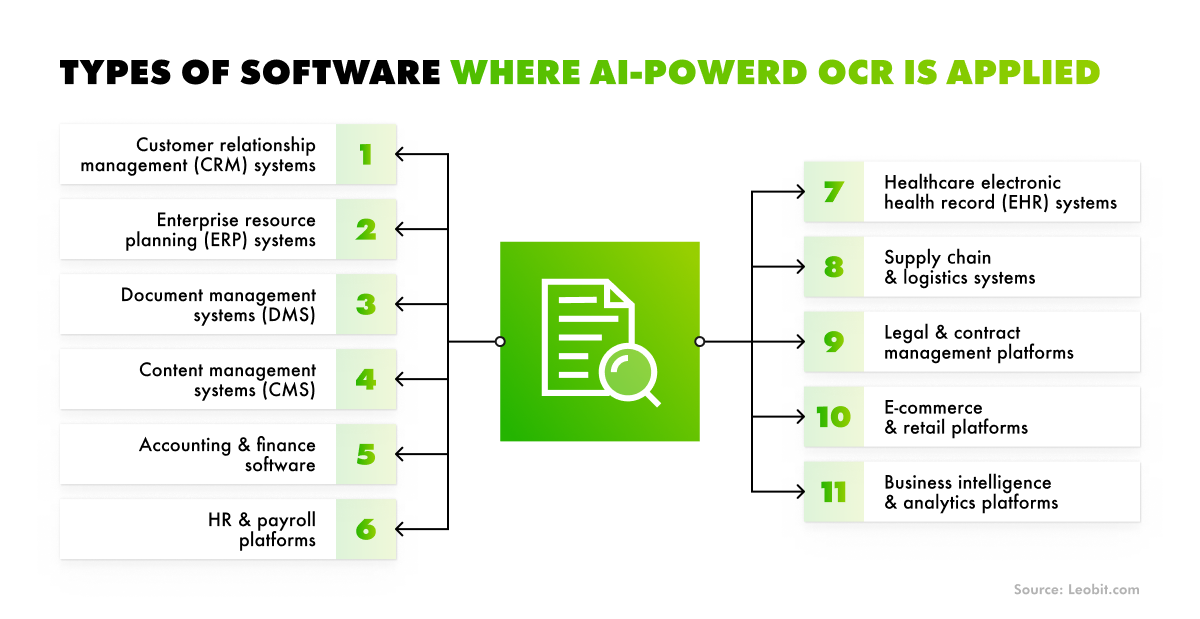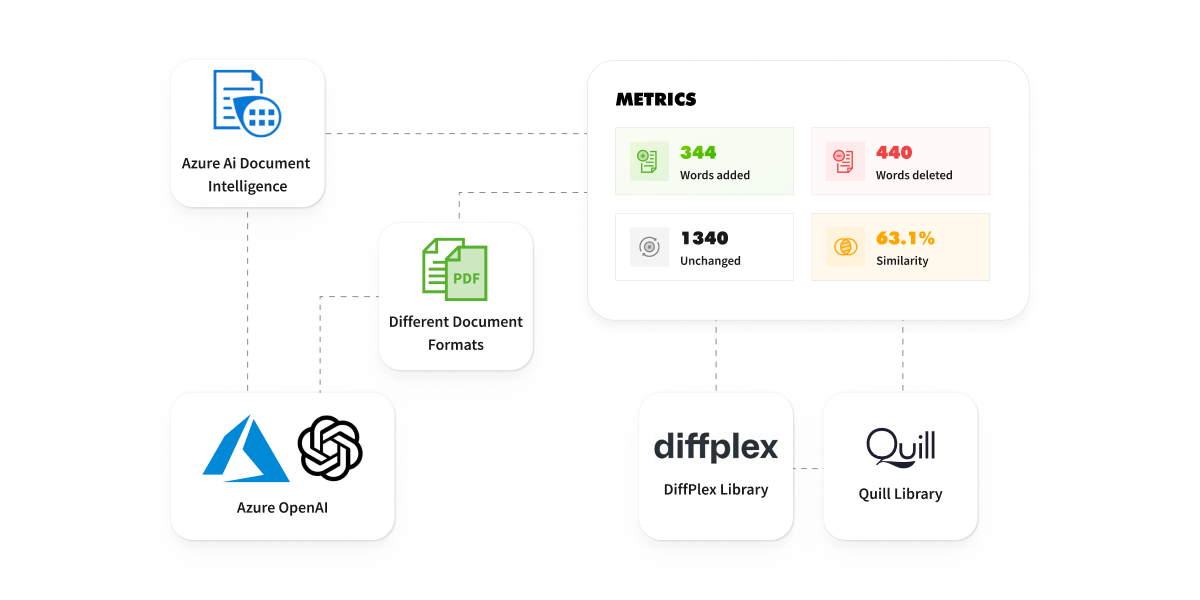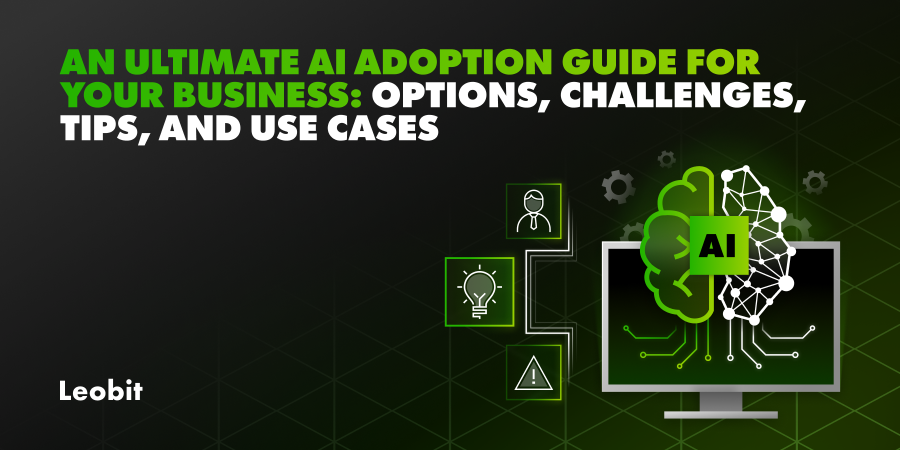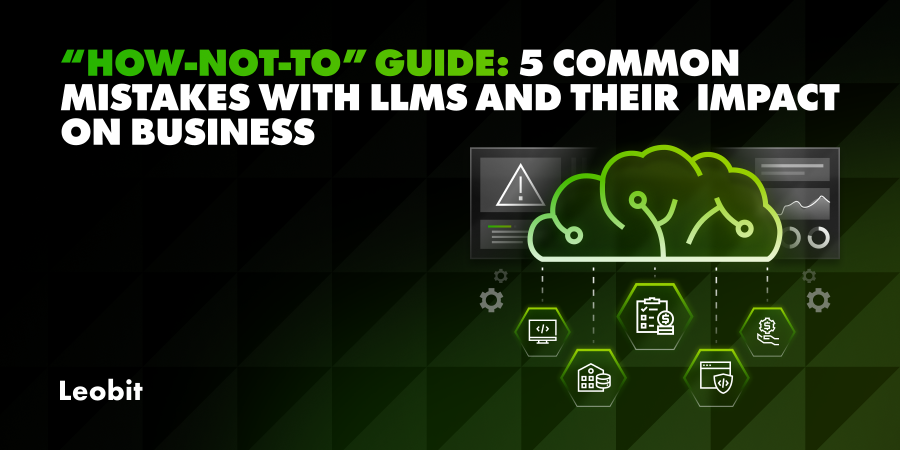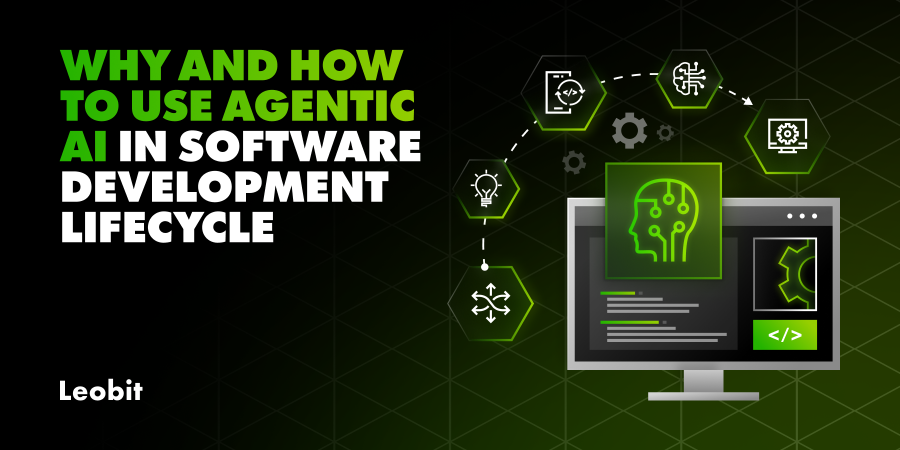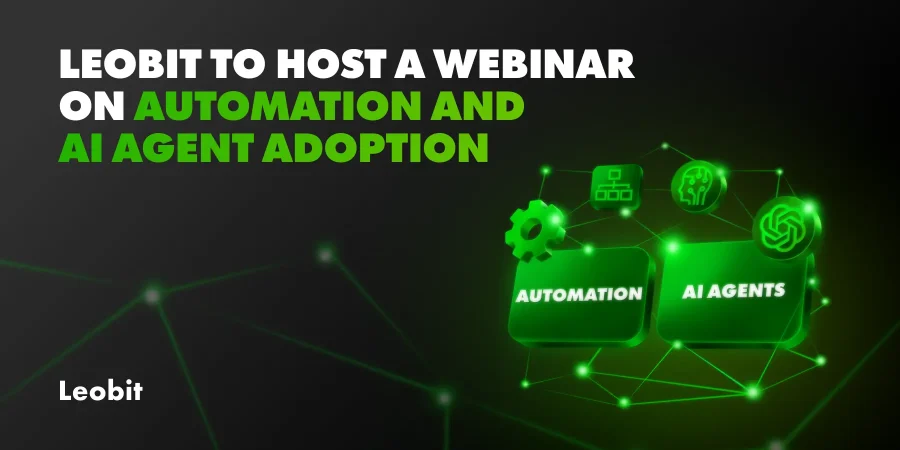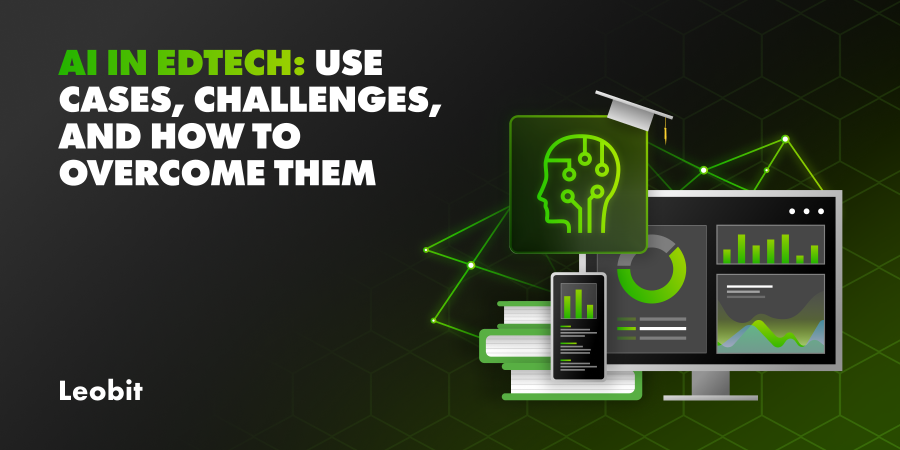This Google-powered suite includes OCR as one of its core capabilities. The platform offers a document text detection feature powered by deep learning, enabling accurate text extraction from images and PDFs. Additionally, the API provides detailed metadata like text coordinates, confidence levels, and page structures.
Vision’s OCR capabilities can be efficiently applied for data archiving, content management, or making software more accessible. In addition, the service seamlessly integrates with BigQuery and Vertex AI, which allows businesses to enhance data analytics and AI-driven insights, respectively.
Google Cloud Vision API follows a pricing approach that is somewhat similar to that of Azure AI Vision. The service follows a pay‑as‑you‑go model where each image is one billable unit. The first 1,000 units per month are free. After that, you pay based on feature and volume with an average cost of $1.50 per 1,000 units.
Google Cloud Document AI
This service extends the Vision API with specialized document parsers that understand structure, hierarchy, and context. Google Cloud Document AI offers pre-built parsers for different types of documents, such as invoices, receipts, passports, bank statements, etc.
The service delivers structured and machine-readable data that can be directly integrated into ERP, CRM, or accounting systems. Its AutoML capabilities ensure fast deployment of custom models tailored to varying document sets.
Google Cloud Document AI uses a pay-as-you-go pricing model, with charges based on the number of pages processed. The price per 1,000 pages varies depending on multiple factors, such as the document type, the processor used (prebuilt or custom), task complexity (e.g., key-value extraction, table parsing), and region.
Amazon Rekognition
This service provides a suite of features for image and video analysis, enhanced with AI-powered text detection. Developers can integrate their solutions with the DetectText API to extract printed or handwritten text from both images and video frames.
Amazon Rekognition efficiently combines OCR with other vision features, such as facial recognition, object detection, and content moderation. In addition, it can work efficiently with other services from the AWS suite, such as Lambda, Comprehend, and Textract, allowing teams to build comprehensive solutions for image and video processing.
Amazon Rekognition follows a pay-as-you-go pricing model. The service offers a free tier period during which you can analyze 1,000 images per month for free. After that, you are charged per image depending on the API group and volume (for example, ~$0.001 per image for many detection APIs).
Amazon Textract
Amazon Textract shines when used in combination with Amazon Rekognition. This service focuses exclusively on document text extraction and layout recognition, delivering well-structured and machine-readable JSON outputs.
Amazon Textract can be integrated with your existing solution via the AnalyzeDocument API. For financial documents in particular, developers can use the AnalyzeExpense API. This ability to ensure focus on expenses makes Amazon Textract an efficient solution for fintech software development. When combined with AWS Comprehend (for NLP) or Step Functions (for orchestration), the service can be applied as a foundation for scalable, AI-powered document processing systems.
When using Amazon Textract, you pay for the number of pages processed. A basic cost per 1,000 pages/month is $1.50, but it may change depending on which features (e.g., text detection, forms, tables, queries, expense analysis) are used and which region your operations are located.
Veryfi OCR API
Veryfi offers an OCR API specifically designed for processing financial documents, such as receipts, invoices, bills, and statements. Veryfi’s machine learning–based OCR is built with HIPAA and GDPR compliance in mind, providing an efficient way to enforce documentation standards.
When using the Veryfi OCR API, you pay per document transaction rather than per page. The service has a free tier (up to 100 documents/month), after which you pay roughly $0.08 per receipt or $0.16 per invoice. Volume discounts are available for higher usage.




